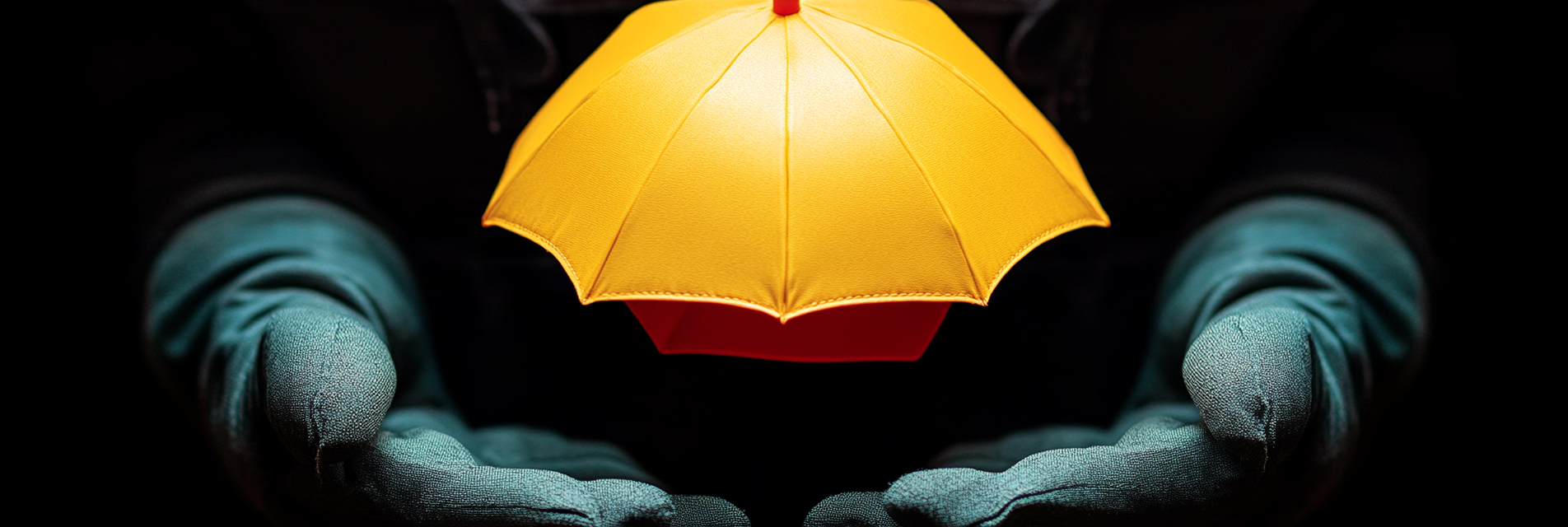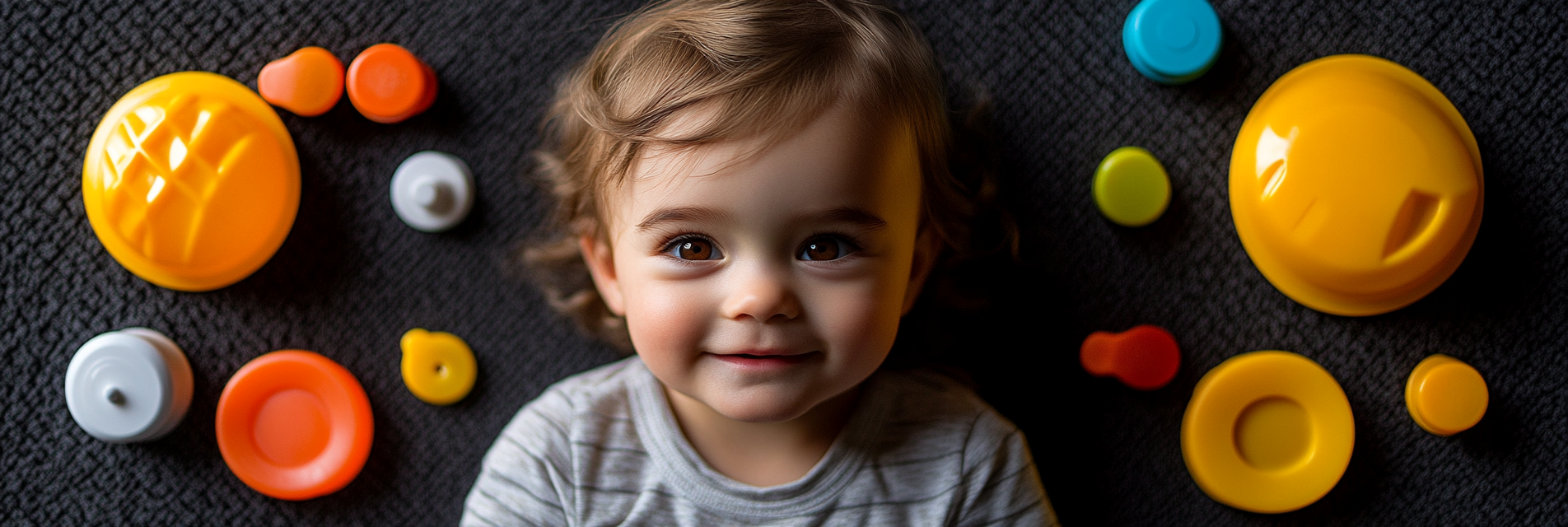Accidents happen, and knowing basic first aid can make a critical difference in managing injuries and preventing complications. Whether it’s a cut, burn, or sprain, having the skills to provide immediate care can protect your family’s health and offer peace of mind. This guide covers essential first aid techniques that everyone should know, along with practical tips and product recommendations to enhance your home safety.
1. Treating Cuts and Scrapes
Cuts and scrapes are among the most common household injuries. Proper cleaning and dressing of wounds can prevent infection and promote healing.
- Step-by-Step Care:
- Clean the Wound: Wash the area with warm water and mild soap. Pat dry with a clean cloth.
- Stop the Bleeding: Apply gentle pressure with a sterile gauze or clean cloth until the bleeding stops.
- Apply an Antibiotic: Use a thin layer of antibiotic ointment, such as Neosporin, to prevent infection.
- Cover the Wound: Protect the cut with a bandage or sterile dressing. Change the dressing daily or whenever it becomes wet or dirty.
Product Tip: Keep Band-Aid Flexible Fabric Bandages and Sterile Gauze Pads in your home first aid kit for quick use.
2. Managing Minor Burns
Burns can happen while cooking, using heated appliances, or during small accidents. Knowing how to treat them promptly is crucial to prevent further damage.
- First-Degree Burns: These affect only the outer layer of the skin and can be treated at home.
- Cool the Burn: Run cool (not cold) water over the burn for 10-15 minutes or apply a clean, cool, damp cloth.
- Apply Aloe Vera: Use aloe vera gel or a burn ointment to soothe the skin.
- Protect the Area: Cover the burn with a sterile, non-adhesive bandage.
- Second-Degree Burns: These burns affect deeper layers of the skin and may require medical attention if large or severe.
- Avoid Breaking Blisters: Do not pop blisters, as this can lead to infection.
- Consult a Doctor: For burns larger than two to three inches or on sensitive areas like the face or joints, seek professional care.
3. Handling Sprains and Strains
Twisted ankles and strained muscles are common injuries, especially for those with active lifestyles. The R.I.C.E. method (Rest, Ice, Compression, Elevation) is an effective way to manage these injuries.
- R.I.C.E. Steps:
- Rest: Avoid activities that could worsen the injury.
- Ice: Apply a cold pack, such as a reusable gel ice pack, wrapped in a cloth for 15-20 minutes every 2-3 hours during the first 48 hours.
- Compression: Use an elastic bandage to wrap the area snugly but not too tight.
- Elevation: Keep the injured area raised above heart level to reduce swelling.
4. Treating Nosebleeds
Nosebleeds can be startling, especially for children, but they are often easy to manage at home.
- Step-by-Step Care:
- Stay Calm: Reassure the person and have them sit upright.
- Lean Forward: Tilt the head slightly forward to prevent blood from going down the throat.
- Pinch the Nostrils: Use the thumb and index finger to pinch the soft part of the nose for 5-10 minutes.
- Avoid Picking: Advise the person not to touch or blow their nose for several hours after the bleeding stops.
5. Recognizing and Treating Choking
Choking can be life-threatening, so knowing the Heimlich maneuver is essential.
- For Adults and Older Children:
- Stand behind the person and place your arms around their waist.
- Make a fist with one hand and place it above their navel, below the rib cage.
- Grasp the fist with the other hand and perform quick, upward thrusts until the object is expelled.
- For Infants:
- Place the infant face down on your forearm, supporting their head.
- Give five back blows between the shoulder blades with the heel of your hand.
- If the object doesn’t come out, turn the infant face-up and give five gentle chest thrusts using two fingers.
6. Responding to Allergic Reactions
Allergic reactions can range from mild to severe (anaphylaxis). Recognizing the signs and acting quickly can save a life.
- Mild Reactions:
- Treat with an over-the-counter antihistamine like Benadryl.
- Severe Reactions (Anaphylaxis):
- Signs include difficulty breathing, swelling of the face or throat, and a rapid drop in blood pressure.
- Use an epinephrine auto-injector (e.g., EpiPen) if available and call 911 immediately.
7. Treating Bee Stings and Insect Bites
Bee stings and insect bites can cause pain, swelling, and itching.
- First Aid Steps:
- Remove the Stinger: Use a flat object like a credit card to scrape the stinger out. Avoid using tweezers, as they can squeeze more venom into the skin.
- Clean the Area: Wash with soap and water.
- Apply Ice: Reduce swelling with a cold pack for 10-15 minutes.
- Relieve Itching: Use a topical cream like hydrocortisone or an antihistamine.
8. Handling Shock
Shock can occur after severe injury or trauma, and immediate attention is required.
- Signs of Shock:
- Pale, cold, or clammy skin.
- Rapid, shallow breathing.
- Weak, rapid pulse.
- Confusion or unconsciousness.
- What to Do:
- Lay the Person Down: Keep their legs elevated to encourage blood flow to vital organs.
- Cover Them with a Blanket: Keep them warm but not overheated.
- Seek Emergency Help: Call 911 and monitor their breathing until help arrives.
Conclusion
Basic first aid skills are invaluable for managing household injuries and emergencies. By learning these techniques and having the right supplies on hand, you can provide quick, effective care when it’s needed most. Teaching these techniques to older children and adults in the home can be beneficial for ensuring everyone knows how to react. Paul Lindberg’s Dryer Fire Fighters emphasizes that having these essential skills can keep your family safer and more confident in handling emergencies at home.
Serving the communities of:
Kennewick | Pasco | Richland | West Richland | Finley | Burbank | Benton City | Prosser | Grandview | Connell
As the sole certified dryer exhaust technician recognized by CSIA.org in the Tri-Cities area, Paul brings a wealth of expertise to fire prevention. His primary focus lies in addressing the root cause of many residential fires: lint buildup in dryer cavities and vents. Through rigorous inspections and thorough cleanings, Paul ensures that families and businesses can enjoy peace of mind, knowing their properties are safeguarded against fire risks.









































